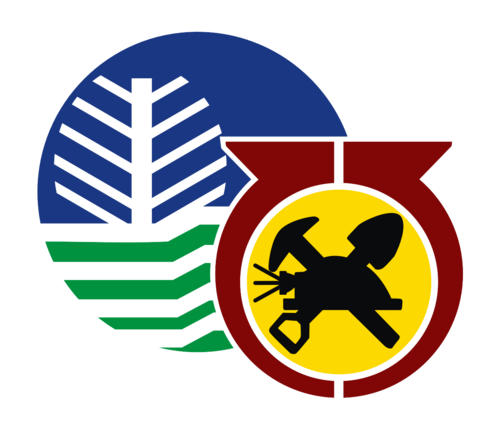It has been said time and again that “of all the nations in the world, the Philippines has experienced the most natural hazards in the twentieth century. India was a distant second, followed by the United States in the third position.” (Kovach, R.L., 1995. Earth’s Fury: An Introduction to natural hazards and disasters. New Jersey: Prentice Hall, Inc.)
The validity of this textbook assertion may have changed over time but the fact remains that the Philippines is prone to various geologic hazards due to its geoloigcal setting. Other meteorological factors such as typhoons affecting the country contribute to its vulnerability to risks and disasters.
The Mines and Geosciences Bureau (MGB) has been at the forefront of the government’s program to build more aware, prepared, and resilient communities in the face of the risks posed by natural phenomena.
MGB has been conducting a geohazard assessment and mapping since 1960s but a national program was not yet in place. The Cherry Hills incident in 1999 and other major landslides that followed further highlighted the gap for concrete information based on a scientific study that would guide planners and implementers on how to best manage and reduce the risks of these hazards that.
The economic impacts whenever a typhoon hits the country with landslide and flood affecting vulnerable areas amplified the need for such information.
In the Medium-Term Philippine Development Plan 2014-2010, sub-strategies in the Agribusiness Goals were stated as follows:
- Build capacities of planners and implementers (national and LGUs) on disaster and risk management planning skills;
- Conduct geohazard assessment and mapping of priority municipalities nationwide; and
- Identify relocation sites for communities vulnerable to landslide/flood hazards
These events paved the way for the government to pursue a programmatic approach in the country’s hazard mapping.
Hence, the Department of Environment and Natural Resources (DENR) through its line bureau, the MGB pursued the implementation and completion of the National Geohazards Assessment and Mapping Program (NGAMP).
MGB conducted a Rapid Geohazard Assessment and Mapping from 2005-2010 and produced 1:50,000 scale Geohazard Maps for Landslide and Flood susceptibility.
In 2011-2014, MGB was mandated to conduct a Detailed Geohazard Assessment and Mapping of the whole country. Thus, all 133 cities/municipalities in Region 6 were assessed and mapped. Distribution of the 1:10,000 landslide and flood susceptibility to all barangays, municipalities, cities and provinces followed.
The MGB detailed landslide and flood susceptibility maps became a useful source of information for national and local disaster risk reduction and management (DRRM) initiatives specifically in raising awareness among local communities. This did not happen overnight but after years of educating and communicating with the local government units on understanding, appreciating, and using the geohazard maps through massive information and education activities conducted by MGB.
The usefulness of the MGB’s geohazard mapping and assessment proved to be long-lasting for local planners, the academe, national government agencies and the DRRM officers and teams at local government. It has contributed as well to the growing efforts in multi-hazard and environmental mapping programs of both government and private agencies.
It started with the NGAMP and after 15 years, the MGB continued to implement plans and programs that build on the efforts and outputs from the geohazard mapping program. The bureau has a bigger umbrella now for its activities geared towards gathering and putting in place a body of geologic knowledge and information that can be harnessed to further capacitate communities through the local government in becoming risk and disaster-resilient in the face of natural hazards.
Presently, MGB’s Geological Risk Reduction and Resiliency Program has the following components: Vulnerability and Risk Assessment (VRA), IEC on the VRA Maps, Groundwater Resource Assessment, Detailed (1:10,000 scale) Coastal Geohazard Mapping and Assessment, Karst Subsidence (Sinkhole) Hazard Assessment, Quadrangle Mapping, Issuance of Geohazard Certificate for Government Infrastructure projects, and participation in the Regional Disaster Risk Reduction and Management Council (RDRRMC).
